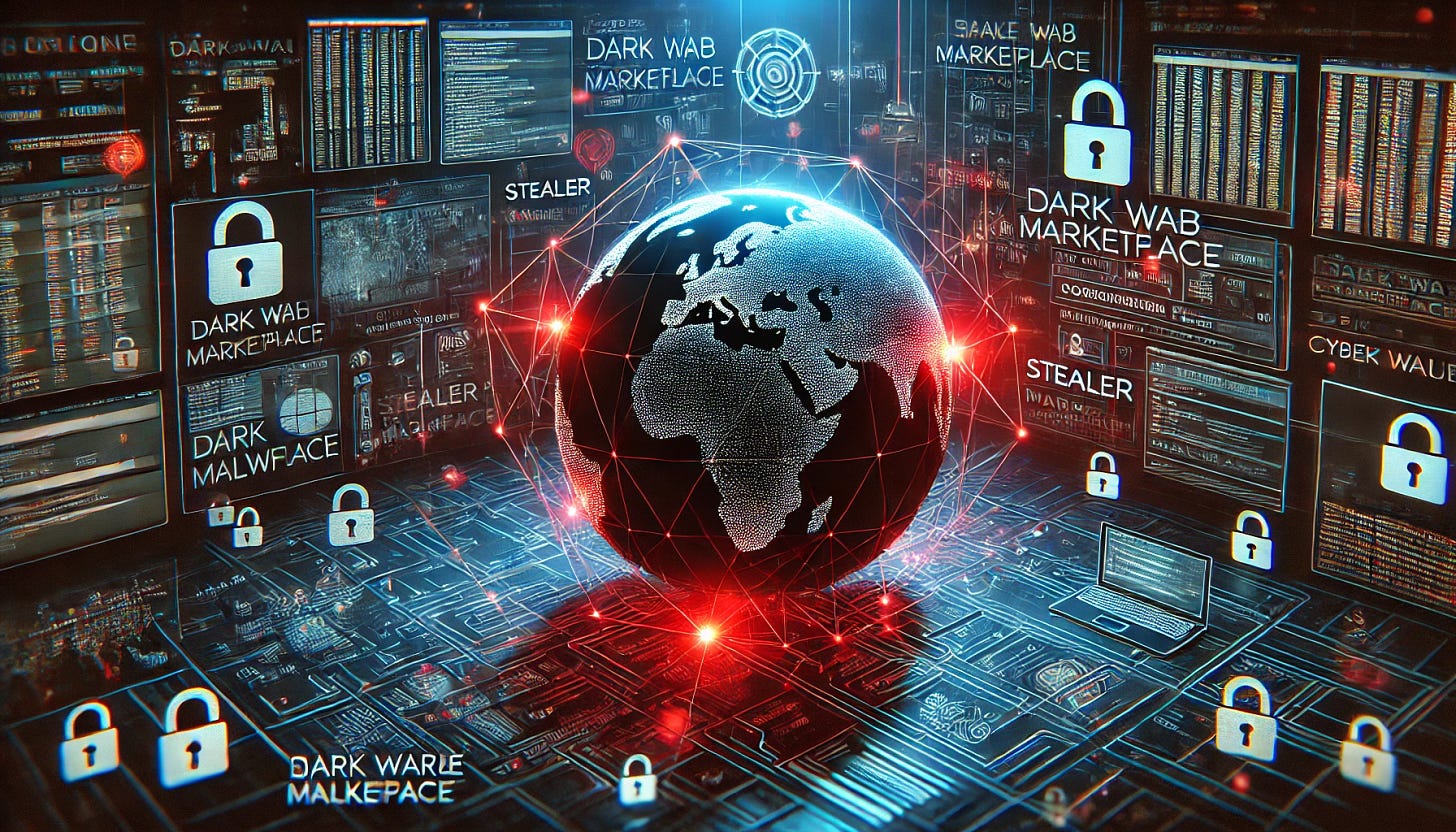The Ecosystem of IABs: A Window into the Cybercrime Underground
The digital economy is under constant threat from increasingly sophisticated cybercrime ecosystems. One of the more insidious components of this ecosystem is Initial Access Brokers (IABs).
These cybercriminal operators play a pivotal role in connecting threat actors with vulnerable systems, facilitating ransomware attacks, data breaches, and industrial sabotage.
This article takes you inside this dark world, explaining the role of IABs, their relationship with stealer logs, and how organizations can defend against this evolving threat.
Who Are Initial Access Brokers (IABs)?
IABs are specialized cybercriminals who sell access to compromised systems. Their offerings typically include Remote Desktop Protocol (RDP) servers, VPN credentials, and other access points to corporate networks. What makes them particularly dangerous is their efficiency. By focusing solely on gaining initial access, they enable other threat actors—such as ransomware operators or espionage groups—to execute their attacks without wasting time on reconnaissance or exploitation.
Example: The Listings Above
The two listings illustrate IAB activity:
"lacrim" offers access to a manufacturing company in the USA with $27M in revenue, pricing access at $600.
"Rivka" ups the stakes with a $1B revenue company, selling access for $3,000.
These brokers use forums and dark web marketplaces to auction compromised systems to the highest bidder, often providing details like revenue, industry, and number of accessible hosts to entice buyers.
The Role of Stealer Logs in This Ecosystem
Stealer logs are data dumps created by malware designed to harvest credentials, cookies, and other sensitive information from infected devices. This data becomes the raw material for IABs, who use it to identify and verify vulnerable organizations.
Here’s how it works:
Infection: Stealer malware spreads through phishing emails, malicious downloads, or cracked software.
Data Harvesting: The malware collects login credentials, session cookies, and other sensitive information.
Filtering and Selling: IABs sift through these logs, identifying high-value targets based on organizational size, industry, or geographic location. The access points are then sold to other cybercriminals.
By leveraging stealer logs, IABs can continuously replenish their inventory of compromised systems, creating a self-sustaining economy of cybercrime.
Why This Matters: The Broader Cybercrime Ecosystem
IABs serve as a linchpin in the broader cybercrime ecosystem:
Ransomware-as-a-Service (RaaS) operators rely on IABs for quick access to corporate networks.
Data extortion groups use IAB services to identify and breach high-value targets.
Espionage and sabotage actors may purchase access to cripple industrial competitors or steal intellectual property.
This ecosystem thrives because of the specialization of roles. IABs focus on access, malware developers refine tools like stealers, and ransomware gangs monetize the breach—creating an industrialized chain of cybercrime.
The Risks to Organizations
The risks posed by IABs are significant and multifaceted:
Financial Losses: Ransom payments, fines, and lost revenue can cripple organizations.
Operational Disruption: Attacks on manufacturing firms, for instance, can halt production and delay supply chains.
Reputation Damage: A breach erodes customer trust and damages brand equity.
Regulatory Consequences: In industries like healthcare or finance, breaches can result in severe penalties under regulations like GDPR or HIPAA.
How to Defend Against IABs
While the threat landscape is daunting, organizations can take several steps to reduce their risk:
Implement Strong Authentication:
Enforce multi-factor authentication (MFA) to make it harder for stolen credentials to be used.
Harden Access Points:
Limit RDP and VPN access to essential personnel and implement strict IP whitelisting.
Monitor for Threat Intelligence:
Use tools that detect if your organization's credentials appear in stealer logs or dark web marketplaces.
Invest in Endpoint Detection:
Deploy EDR solutions to identify and isolate stealer malware infections early.
Train Employees:
Conduct regular training to recognize phishing attempts and other social engineering tactics.
Regularly Update Software:
Patch vulnerabilities promptly to minimize the risk of exploitation.
The Road Ahead
The rise of IABs highlights the industrialization of cybercrime. As organizations grow increasingly dependent on digital systems, they become more attractive to threat actors. By understanding the mechanisms of the cybercrime ecosystem and adopting proactive defenses, businesses can stay one step ahead of the attackers.









